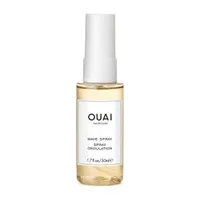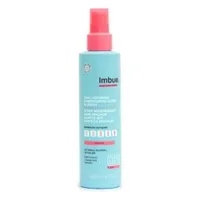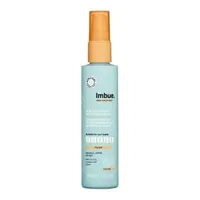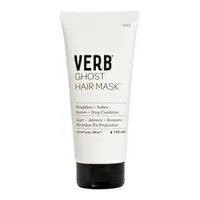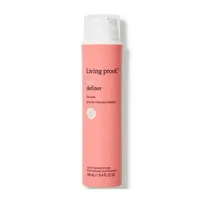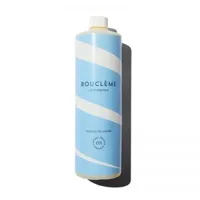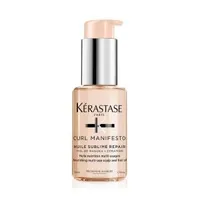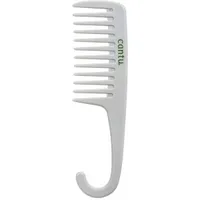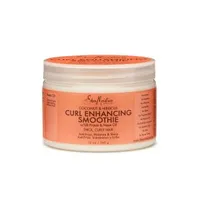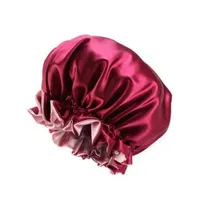Curly hair types: What is my curl type?
Leading hair experts to break down all the different curly hair types and explain how to care and style curls too.


Curl power guaranteed. We break down all the curly hair types and explain the best expert-recommended routine.
Figuring out where you fall in the curly classification system is an incredibly valuable piece of information to know. Not only will it help you undertand how to care for and detangle curly hair, but it's also useful when selecting shampoo, conditioner and the right hair mask for your hair type. So how do you find out this precious locks knowledge?
"Curly hair types are determined by the shape of the follicle," explains internationally-acclaimed celebrity hairstylist Vernon François. "If your follicles are flat or oval-shaped you can expect your hair to range from waves to curls. Unlike more circular follicles, that produce straighter strands." Plus, flat and oval follicles result in cysteine (the amino acid that hair is predominantly made of) being more compacted. This leads to even curlier hair. To get a true idea of your curl type, wash your hair then wait till your curls go from wet to dry. You'll then see your natural curl pattern that hasn’t been altered by products, heat, or styling.
What is my curly hair type?
- Type 1: Naturally very straight
- Type 2: Loose waves
- Type 3: Soft curls and loose coils
- Type 4: Tight curls and coils
According to Michelle Sultan, creative director and ambassador at Imbue Curls, type 2 curls will look "much like an S shape".
"The 3 section is where waves meet curls and loose coils, think springy coils that look like spirals and ringlets," she adds. As for type 4 curls these tend to range between "tight springy coils to zig-zag kinks".
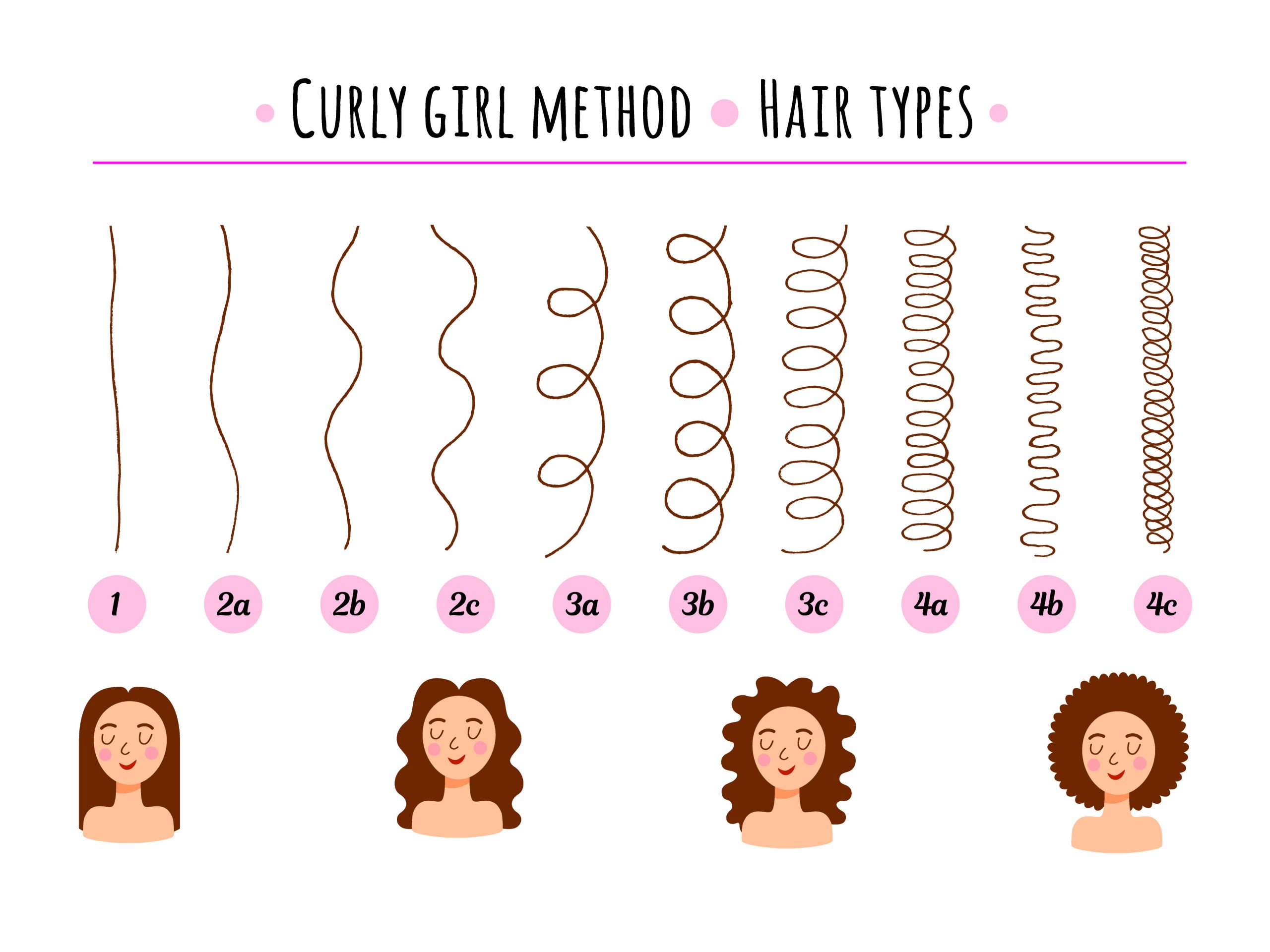
These hair categories are then divided up into different sub-classifications to further hone in on curl patterns:
"This will help you understand your curls, kinks and coils," says hairstylist and Kerastase educator Vernon François. "You can learn to treat them right. Then you can choose products designed for your hair’s needs."
Curly hair types: Type 2 (Wavy)
Type 2 curly hair types range from fine to coarse. Hair can be relatively straight from the root to ears and begin to wave thereafter. We've explained the difference between 2A, 2B and 2C - and given you celebrity examples to help you identify your lock type.
2A - Holly Willoughby
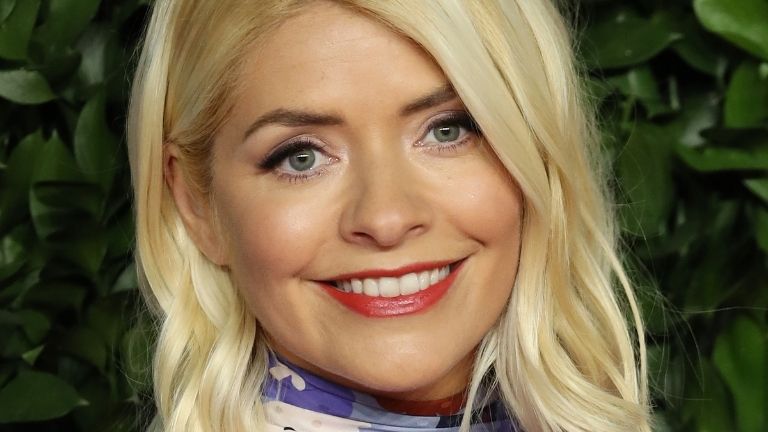
This curly hair type is only slightly wavy and tends to be pretty fine too. "Tangling isn’t a big issue and it’s a relatively easy wash-and-go hair type. This means styling products can be kept to a minimum. However, if products are used - lightweight is the way to go," shares Elena Lavagni, owner and founder of Neville Hair & Beauty.
Spray formulations help evenly disperse the product and stops it weighing down strands. We recommend the Ouai Wave Spray which helps to add a bit more definition to this beachy wave. Work through damp hair before styling.
This ultra-fine mist gives curls some texture without stickiness. Spritz on mid-lengths and ends and use your hands to scrunch up the hair. Instant volume.
2B - Stacey Solomon
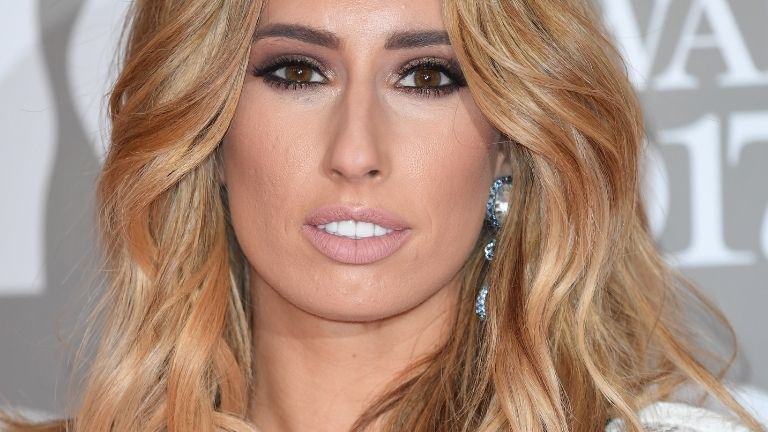
S-shaped waves start from the root with this hair type. "Strands tend to be thicker but also prone to frizz", explains hair specialist Michelle Sultan. "To get rid of frizzy hair and tame flyways opt for a lightweight leave-in conditioner. I like Imbue Curl Inspiring Conditioning Leave In Spray. A good serum like the Imbue Curl Energising Hydration Serum is a must too. This will also encourage wave pattern."
Using a microfibre towel after washing your hair will also help lessen frizz. It'll absorb water quickly and won't rub against the hair follicle like a normal towel does. Washing your hair less often will also help encourage your waves and stop them flattening.
Keep your locks hydrated with this leave-in treatment. Great for defining curls that are prone frizz. Spritz all throughout hair when it's damp before styling with a hair dryer, or leaving to air dry.
For an extra hydration hit, use a serum to lock in moisture and boost shine. This one is designed for curls but will also work for waves and coils. Work through damp hair, or use on dry hair to touch up frizzy ends.
2C - Shakira
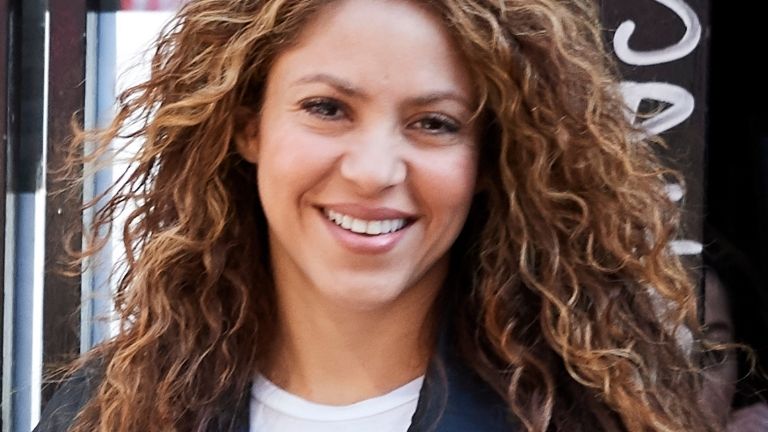
"Waves are thick, defined, often frizzy and you might find you have some strands that are fully fledged curls. However, the curlier hair gets the more hydration becomes an issue," explains hair stylist Elena Lavagni.
Try a weekly hydrating mask like Verb Ghost Hair Mask - it’s a super light product for frizzy hair that also gives moisture levels a major boost. Work all through hair after shampooing and comb through with a wide tooth comb. This will help evenly disperse the product, and also detangle without breakage. Leave in for around 5-10 minutes for it to really get to work. Then, wash out and style.
Keep your curls nourished by using a weekly hair mask. Experts love this option, which uses super-moisturising glycerine. This helps soften and hydrate curls and coils
Curly hair types: Type 3 (Curly)
Think curls akin to springs, and corkscrews. These come in fine, medium and thick varieties. It can boast major shine but also be prone to frizz, and tangling. Here's the downlow on types 3A, 3B and 3c.
3A - Salma Hayek
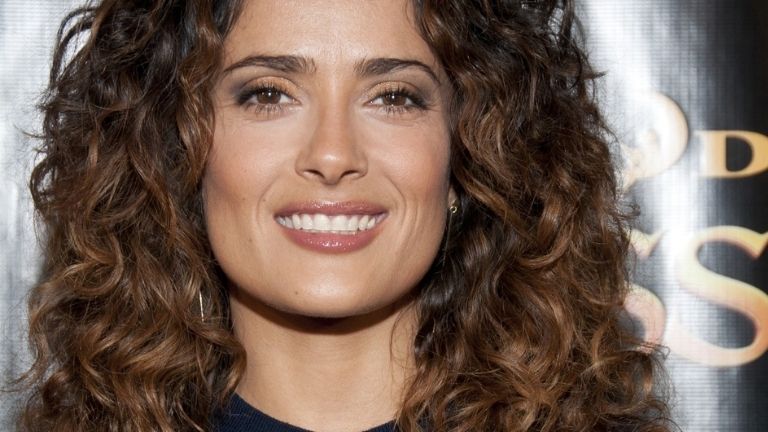
Of the curly hair types, this is the least frizz prone, and the easiest to look after. Think large, soft ringlets that are easy to manipulate into many styles. Stylist Elena Lavagni says: "3A hair can also be straightened with a round brush and will generally stay straight. Even without humidity or water exposure. Plus, It's not overly susceptible to heat damage. A heat protectant is always worth applying pre-thermal styling."
We agree that a heat protectant is a non-negotiable before using any of the best hair dryers or styling tools. It's so important to protect curly hair as it's naturally on the dry side. To style 3A curl types, you need a curl cream like Living Proof Curl Definer. Scrunch into wet hair after washing.
Boost the volume of your hair and define your curls in one handy product. Scrunch into hair when it's soaking wet to add definition to your curls. A bonus is that it smells amazing too.
3B - Nicole Ritchie
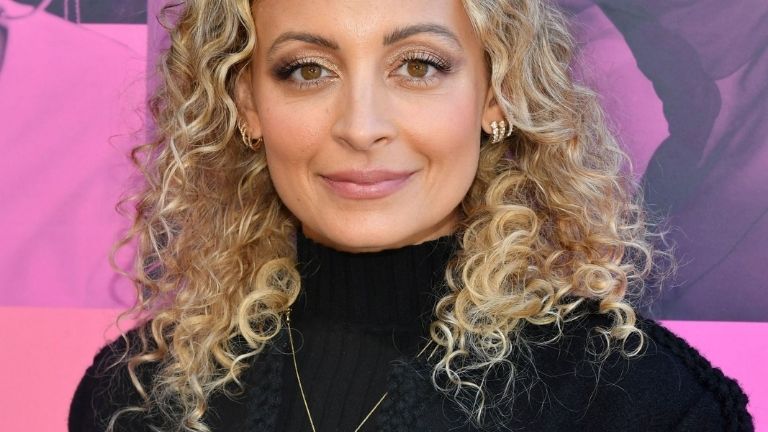
We’re entering spiral, spring like territory now with 3B curly hair types. "Dryness can be a concern for 3B," warns Imbue Curl's Michelle Sultan. Focus on injecting moisture in every step of your routine. This curly hair type will drink up products, so don't be shy about layering styling products. Ditch shampoos with sulphates as these can strip much needed moisture. Over time you’ll see an improvement in curl pattern and a healthy high-shine finish. Make sure you're using intensely hydrating conditioners, and add in a hair oil when needed. Using a hair mask weekly will make a huge difference too.
Senior Beauty Editor Rhiannon Derbyshire has 3B curls. She explains: "It took a while for me to really understand how to manage my curls. I was cautious of over-using products and my hair going greasy. But, what I've learned is that you can never have too much hydration when it comes to 3B hair. I thought I had the balance just right, but then I bleached my hair and had to double up the moisture again! My top tip is to keep adding moisture every day. Whether that's through a co-wash (washing with just conditioner), applying oil to the ends, or using a curl refreshing leave-in conditioner."
Protect your curls while you wash with a shampoo designed to be gentle but effective. This one is free-from sulphates and won't weigh hair down. It's specially designed for curly hair, so you know you're in good hands
3C - Zendaya
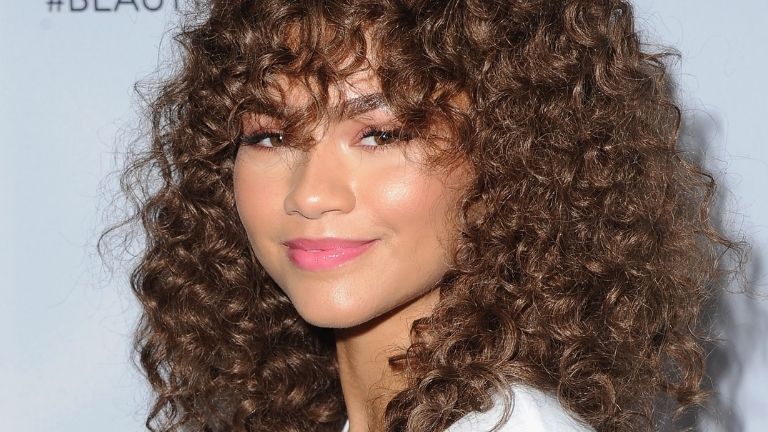
"3C curls are tighter coils that have the stretch factor of 3 to 8 inches," hair expert Michelle Sultan tells us. "These curl circumferences resemble that of a thick pencil, and there tends to be a lot of natural volume. This hair requires moisture at all stages of care from washing to styling." To avoid damage due to dryness, use a hair oil. Regular use will keep curls nourished and help boost shine. Try Kerastase Curl Manifesto Huile Sublime Repair. Apply to you hair when it's wet for best results. You can also apply to the ends of your hair when it's looking extra thirsty.
You can get away with washing this curly hair type far less often. Potentially between every 7-12 days. Refresh your scalp in between wash days with a brilliant dry shampoo. This will help absorb oils on the scalp. Apply at night to let it really sink in by the morning. Hair looks perfectly zhuzhed the next day.
Kerastase's entire curl range is brilliant - hair stylists swear by it. The oil is a brilliant hero of the range. You only need a tiny amount to see a difference.
Curly hair types: Type 4 (Coils)
Shrink factor is at its highest with these curly hair types. Think tightly coiled or compact zigzag pattern. This afro hair type is also super dry in nature, and ranges from fine to coarse. We talk you through 4A, 4B and 4C.
4A - Nathalie Emmanuel
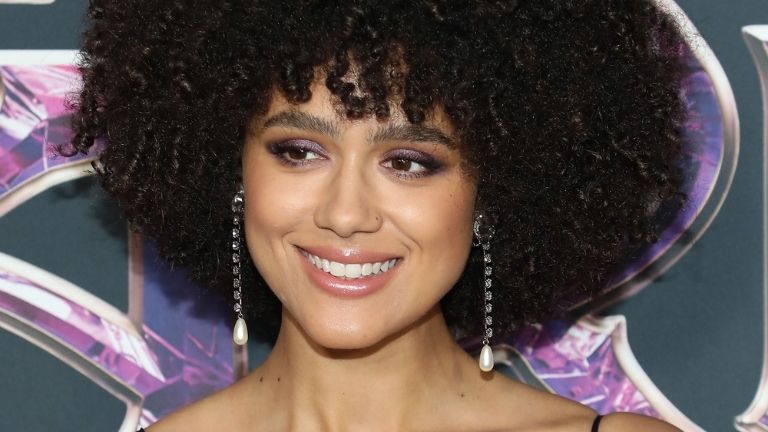
If you have a 4A curly hair type, you have S-patterned coils with the circumference of a chopstick. You'll have a dense, springy and soft hair type. They are the easiest to manipulate of the type 4 curl family, and can be blow-dried smooth. Although it will take you a while.
As with the 3 family, this style needs as much moisture as you can put in. Keep layering on hydration, by using oils, creams and lotions. A curly hair gel will help add extra definition too. Invest in a wide tooth-comb as that’s the fastest route to detangling curly hair. Your routine should be as follows - wash, condition, comb through, wait, wash out. Then once you're out of the shower, layer on styling products. Start with your oil, then scrunch in a cream. Wrap hair in a microfibre towel or cotton t shirt and allow to dry for 10 minutes. Then, apply a layer of gel. It sounds like a lot to wrap your head around, but eventually your routine will work like clockwork.
Gentle and wide enough to use on even the most tangled hair, use in the shower or on dry hair to ease out knots. Only use when your hair is coated in conditioner or a mask, to protect it and stop it snapping.
4B - Solange
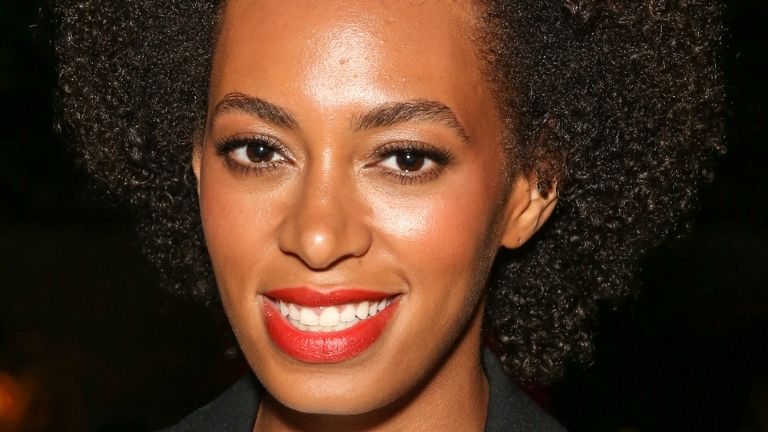
You’ll likely find a few S-shaped coils mixed in with densely packed tight zigzag patterned strands. Be wary of damage when it comes to your 4B curly hair types. "This hair type can be very fragile," warns hair expert Michelle Sultan. "This hair looks like it could fit around a crochet needle but the curls can also be undefined and resemble frizz if not well moisturised."
What's the best fix? We recommend using the LOC technique. This is where a nourishing lotion, a hair oil and cream are applied one after the other to ‘loc’ maximum moisture into tresses. Clever, right? This will create a multi-layered sandwich of moisture, which your hair will drink up. Be sure to use a microfibre towel to prevent frizz and breakage. Try sleeping on a silk pillowcase, it will also help.
4C - Lupita Nyong'o
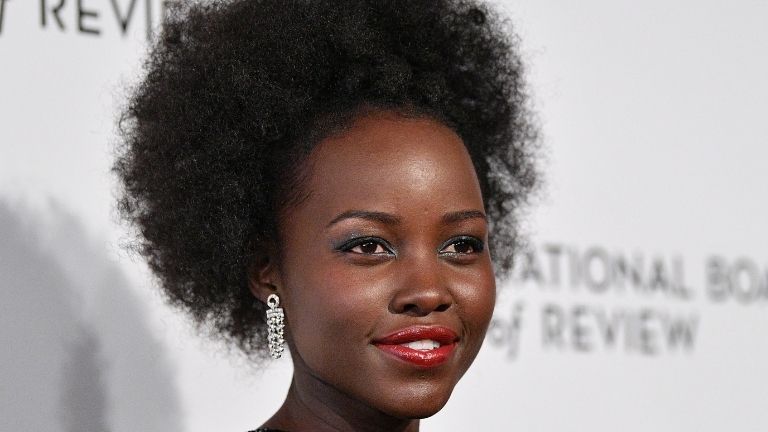
You're a 4C if you have tight, kinky hair. "This hair is best described as tight zigzag kinks. It needs to be drip-fed moisture daily. It should be styled in a way that retains as much moisture as possible," urges Neville Hair & Beauty founder Elena Lavagni. "Think twists, or protective styles, or styling that doesn’t require heat, like bantu knots."
This curly hair type is beautiful, and should be embraced. You just need to be gentle when styling, to prevent breakage. To avoid constant moisture sapping while you sleep, don a silk or satin bonnet or scarf. This will protect hair and help prevent frizz.
A must for keeping your coils protected, this bonnet is comfortable to sleep in and won't zap moisture from your hair.
Video of the week
Parenting advice, hot topics, best buys and family finance tips delivered straight to your inbox.
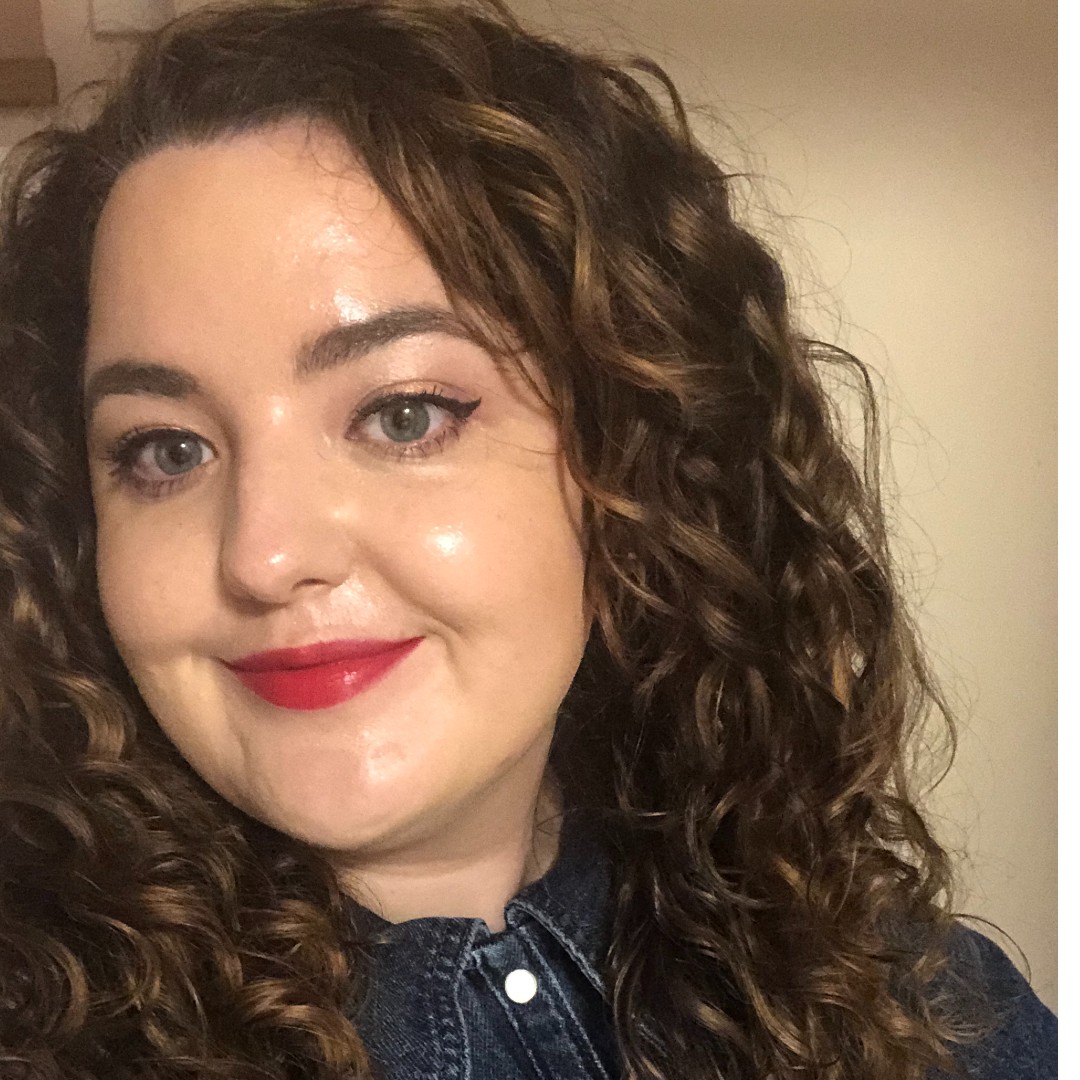
Rhiannon Derbyshire is the Senior Beauty Editor for Goodto, Woman & Home and other publications. She’s specialised in writing about beauty, fashion, interiors and health - though beauty remains her favourite topic. She lives in south London, and can often be found pootling around the commons while listening to a podcast.
